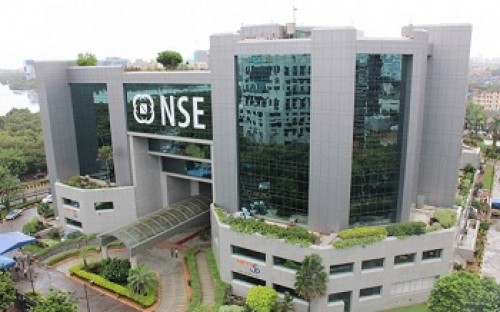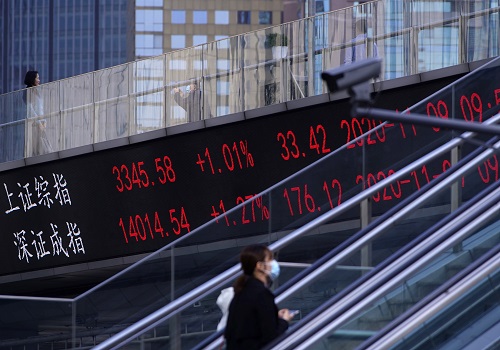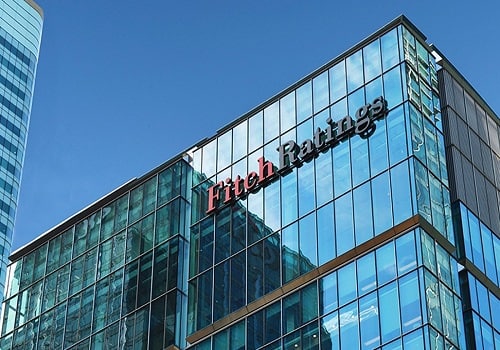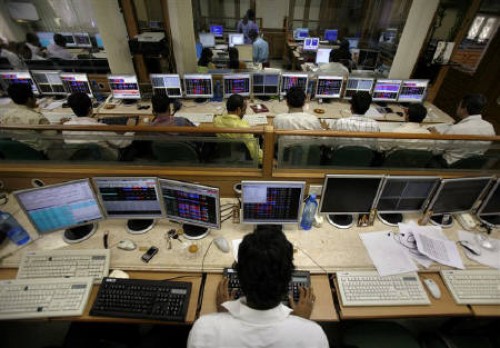Equity Outlook for 2022 By Mr. Sorbh Gupta, Quantum Mutual Fund

Follow us Now on Telegram ! Get daily 10 - 12 important updates on Business, Finance and Investment. Join our Telegram Channel
Below is the Equity Outlook for 2022 by Mr. Sorbh Gupta- Fund Manager- Equity, Quantum Mutual Fund.
The year 2021 started with a sense of hope with an expectation of end game for pandemic & related economic woes with the proliferation of the vaccines. Little did we know that 2021 had in store for us a bigger Covid-19 wave (or perhaps Tsunami is a better word). April-21, May-21 & June-21 again saw lock downs & restrictions on mobility albeit less severe than the previous one in 2020. Post the month of June, restrictions were eased & economic activity picked up again. The fag end of the year has again increased anxieties about a possible third wave due to the ‘Omicron’ variant. Overall, from an economical perspective, the year started with low demand, low inflation & low-interest-rate environment & is ending with a supply constraint & high inflation environment with expectations of the global interest rate rising in 2022.
Amidst all this ‘gloom, boom & doom’ the S&P CNX Sensex has given a return of 20.6% YTD as on_30th Nov 2021. The broader markets have performed even better with BSE Midcap & Small Cap returning 39.1% & 55.6% respectively as on 30th Nov 2021. From a sectoral performance perspective power, metal & real estate sectors were the leaders this year & FMCG, Pharma & Auto were the laggards.
There have been tectonic shifts in the global macro environment in the last 18-20 months (post the first wave of the pandemic & the related economic dislocation) the impact of which will get more & more pronounced and will impact different sectors differently. Even for astute bottom-up stock pickers, these rumbling can be heard from an ear on the ground.
One of the shifts is, pricing power coming back to primary producers. First time in close to a decade input price inflation for businesses have surpassed end consumer price inflation as is reflected in the given chart which compares core WPI & core CPI inflation.

This indicates primary producers (commodity, energy & food producers) have regained their purchasing power which they enjoyed in the pre-GFC era or to an extent between 2010-14. In this environment, non-integrated businesses will be in a disadvantageous position compared to integrated ones. Similarly, FMCG & second or third order chemical derivative companies who have benefitted from benign input costs since 2014 will face higher margin pressure going forward. It will also test the ‘high quality therefore high valuation’ hypothesis of some of the market participants.
The question then arises, about the sustainability of this pricing power of primary producers. Is it driven by short term supply chain challenges or there is a structural story to it? The answer is ‘both’. While some of the supply constraints are due to global supply chain dislocations, there has been clear underinvestment in capacity creation in these businesses. The prices have been unremunerative for the past few years & the focus of global capital has moved towards ESG compliant businesses (most of the commodity production does not pass the strict definition of clean & green). A good example is global upstream CAPEX in Oil & Gas which fell from ~$800bn in 2014 to ~$350bn in 2020 and is expected to grow marginally in 2021. Further, disruption in people & goods movement due to Covid-19 in the last 2 years has resulted in further delays in under-construction capacities impacting supply
Even in the Indian context, there has been clearly under-investment in capacity creation in some of the core industries at a time when demand for some of these products is expected to grow at a multiplier to real GDP growth for many years to come.

The second tectonic shift is the increase in the cost of money. We can retire the term ‘Transitory Inflation’’. This recent statement by U.S Federal Reserve hastens up the road map for a reversal of easy liquidity environment, in place for the last eighteen months This is perhaps the first time in close to a decade when the U.S federal Reserve has acknowledged inflation as a concern. While there could be different views on timing on when interest rates move up but there is a near-unanimous move that it will move up. This will have a bearing on equity globally. As the world of easy liquidity goes away, and risk-free rates go up across spreadsheet models, return expectation (discounting rates) will also go through a reset.
As with bonds with higher duration, stocks trading at elevated valuations are more sensitive to interest rate changes because they discount cash flows further out in the future. A reasonably valued portfolio of stocks is expected to outperform vs. an expensive portfolio in this environment. The following illustration will help understand the concept better.

Company A grows at 10% every year for 10 years & is valued at 10x PE & company B grows at 5% for the same period & is valued at 5x P.E. For a 2% increase in interest rates the drawdown in value of Company A is almost double compared to company B.
Finally, going into 2022 Investors should also be cautious about popular & hot themes like Electric Vehicles, Consumer Tech & FinTech. While all these are expected to play out well over the long term, some of the underlying stocks are factoring in too much good news & are at bubble territory valuations with no positive cashflows insight for the next few years. On the contrary, it would be wise to look for stocks and portfolios with a contrarian approach.
Quantum Long Equity Value Fund’s portfolio has been built through a bottom-up research process & is tilted towards cyclicals. It is valued at 12.9x FY24E earnings vs the S&P BSE Sensex valuations of 18.8x FY24E earnings. The portfolio is stress-tested periodically to ensure the investee companies have the wherewithal to survive the down cycle. Summing up, Investors should not be unnerved by the near-term volatility steadily move towards their optimum equity allocation as per the long-term financial goals through systematic investment plans. Any sharp correction due to near-term headwinds can offer additional valuation comfort and should be used to allocate more to equities with a long-term perspective. Our 12--20-80 (12 x monthly expense in a liquid fund, 20% of the remaining allocation in gold & rest 80% in equities) approach towards asset allocation is best suited to navigate near term volatility in different asset classes and achieve the best possible result for achieving long term financial goals
To Read Complete Report & Disclaimer Click Here
Above views are of the author and not of the website kindly read disclaimer










Tag News

We anticipate immense potential benefits from the upcoming Sovereign Gold Bond Tranche in FY...

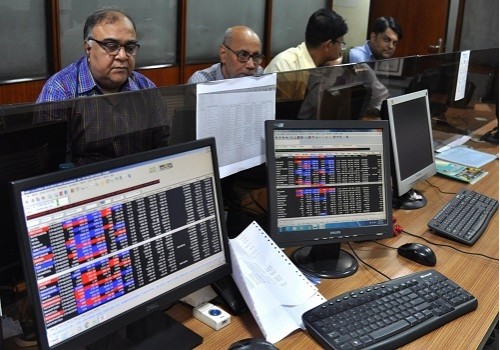



 320-x-100_uti_gold.jpg" alt="Advertisement">
320-x-100_uti_gold.jpg" alt="Advertisement">

